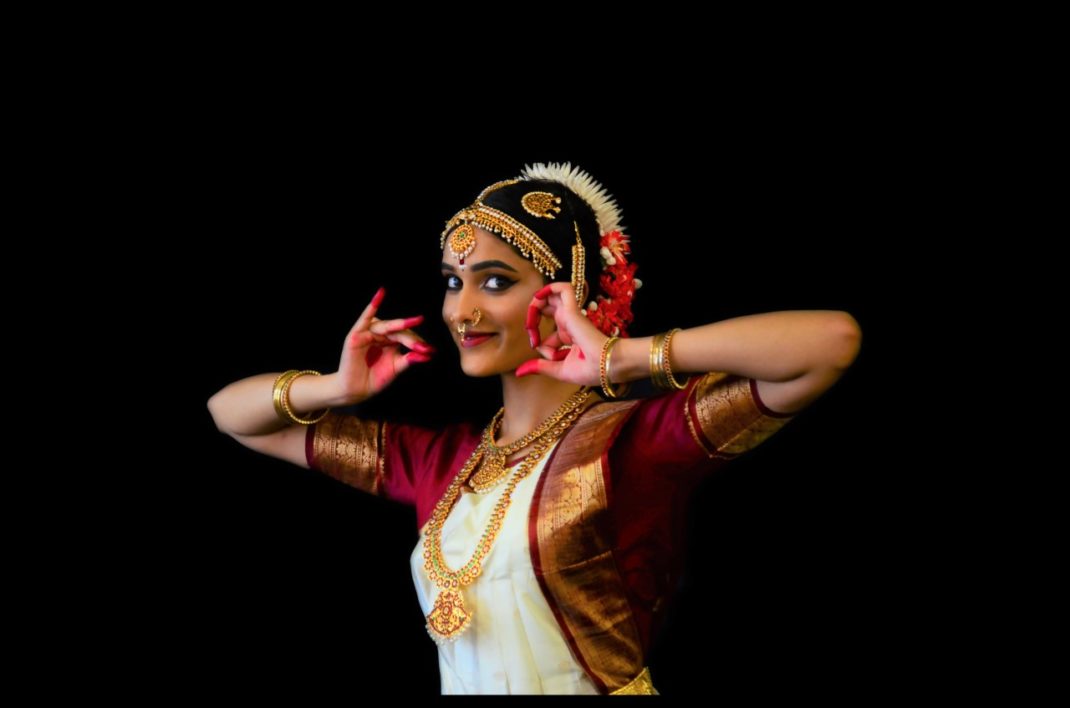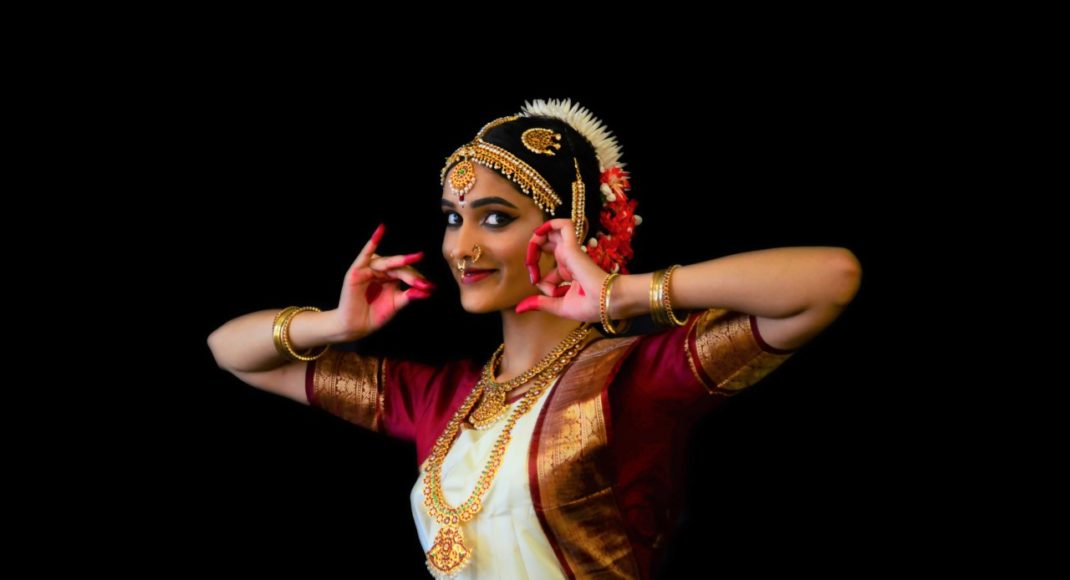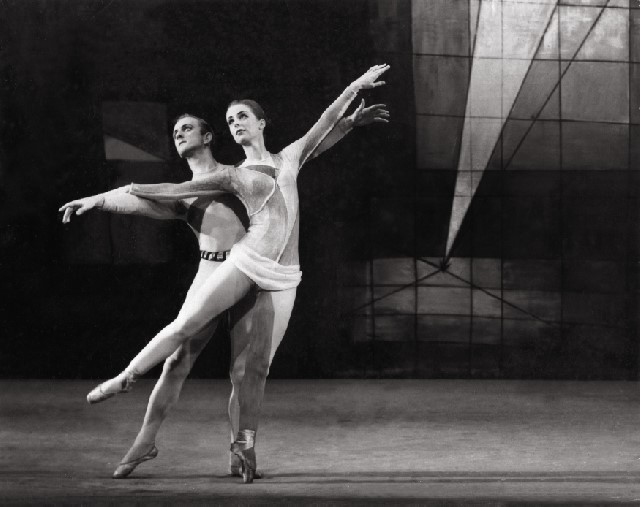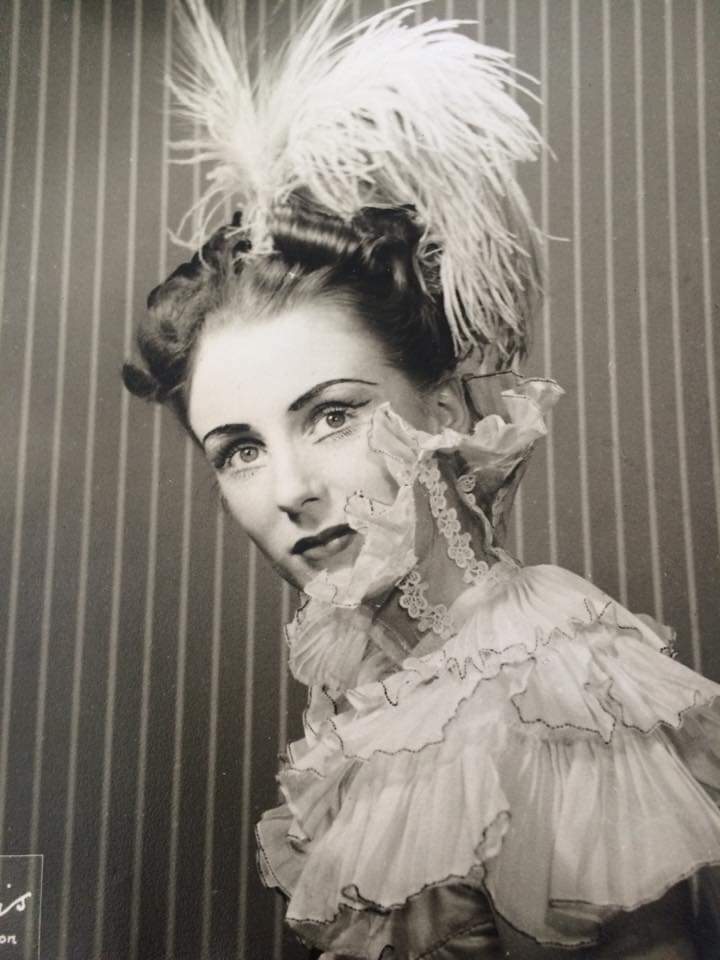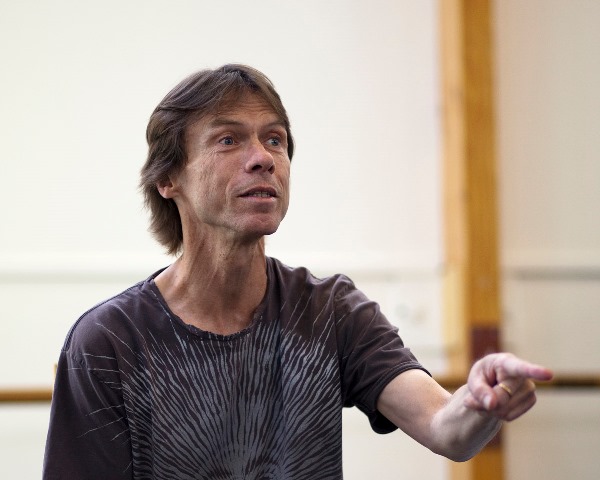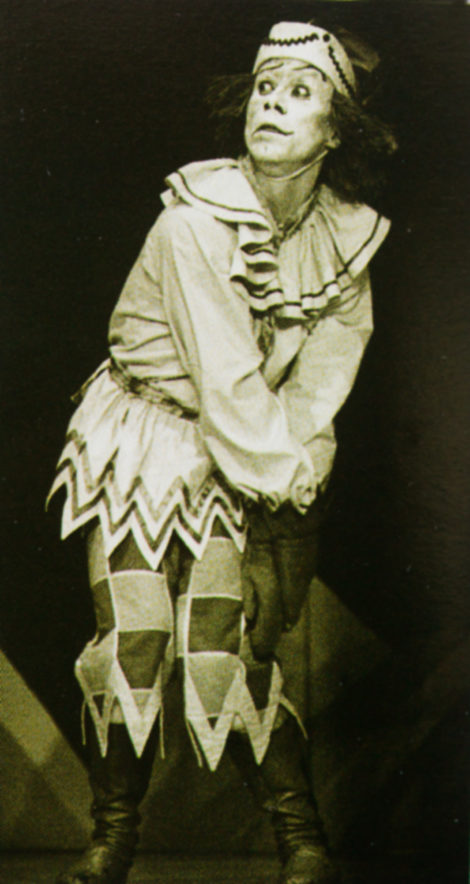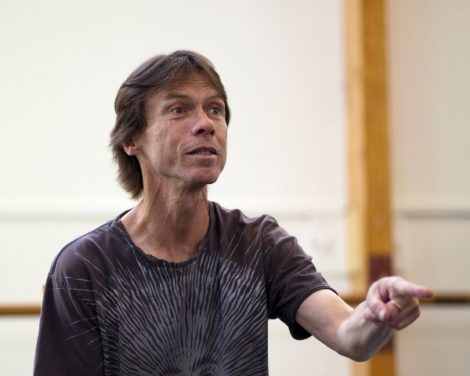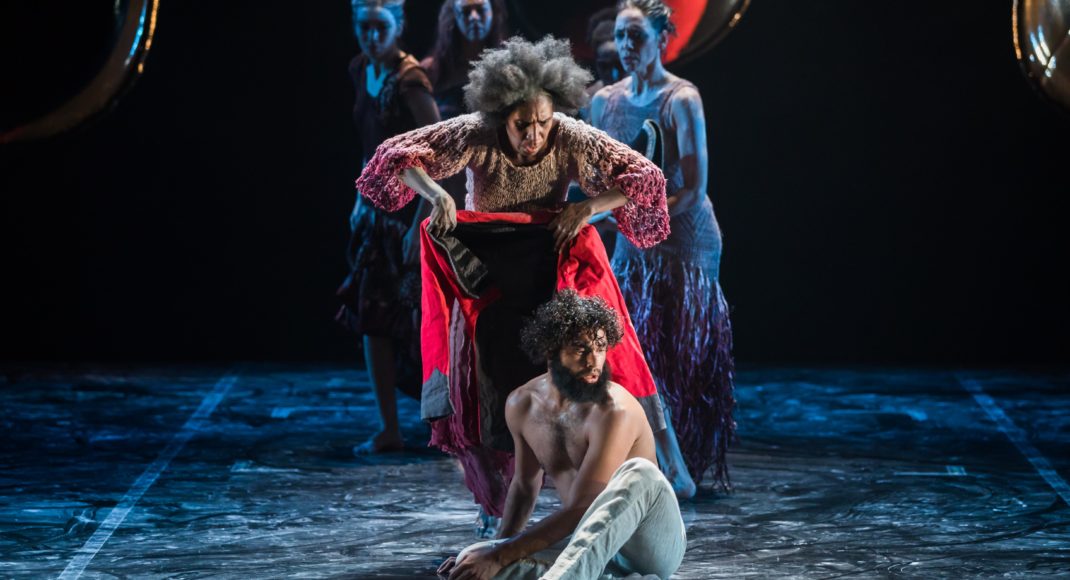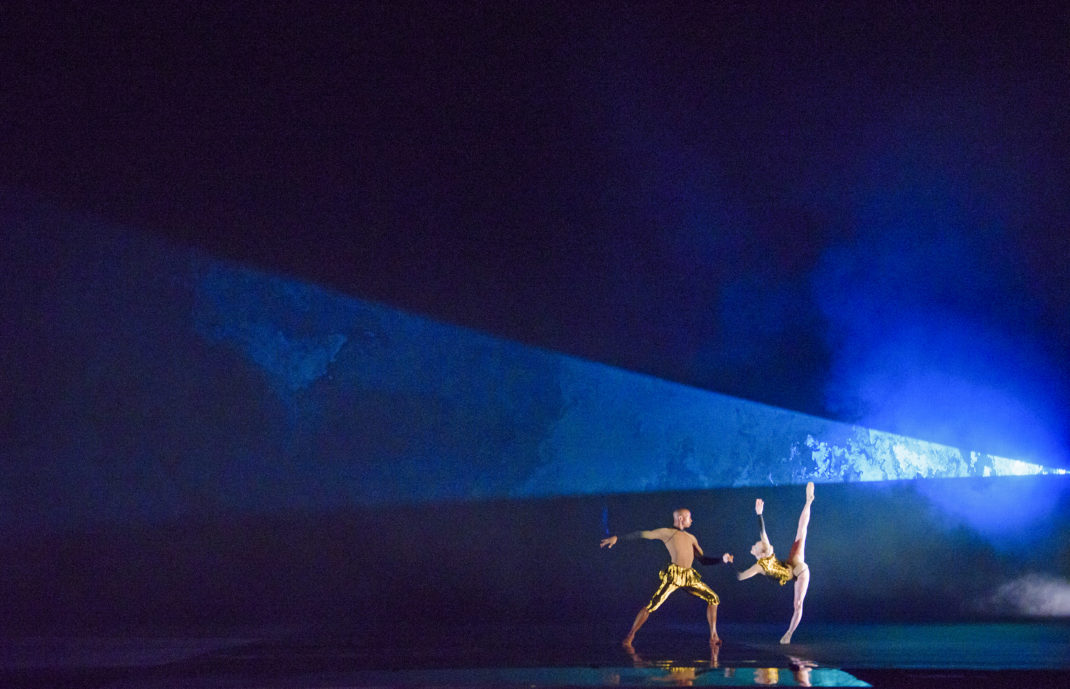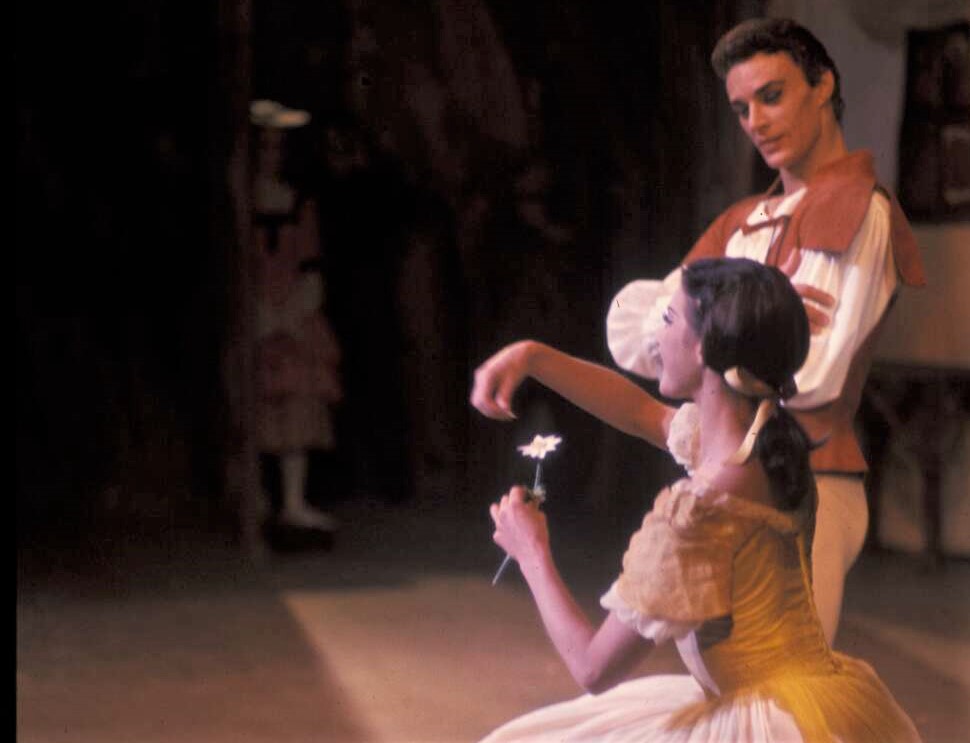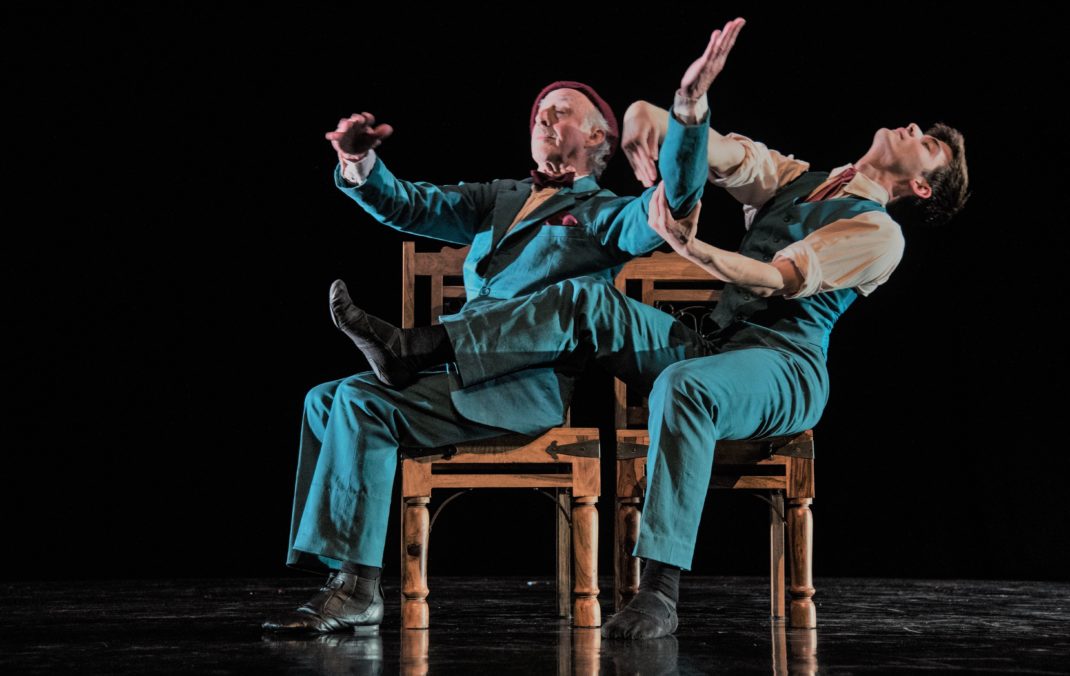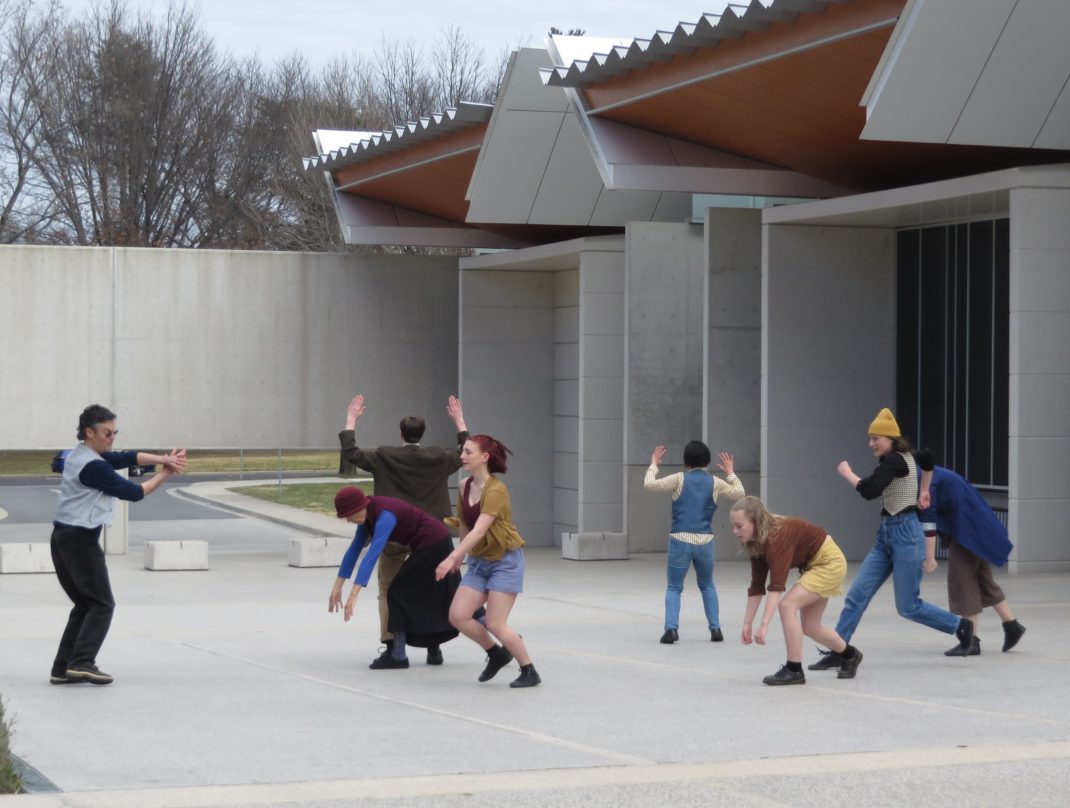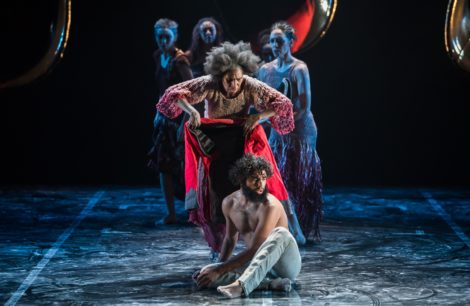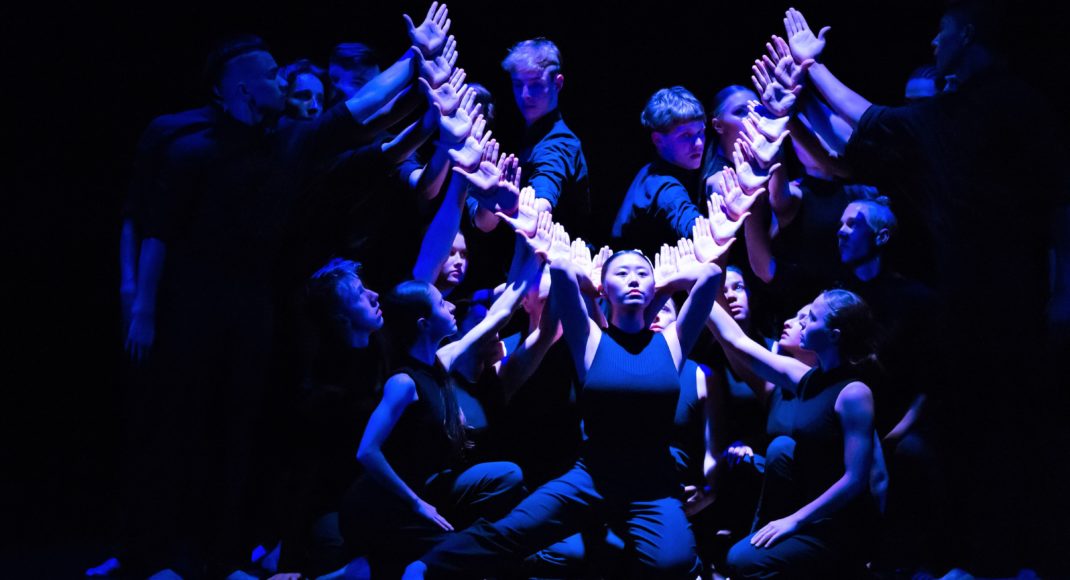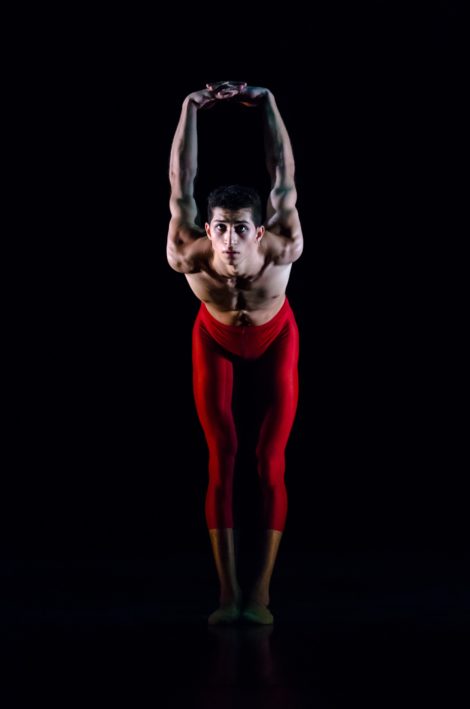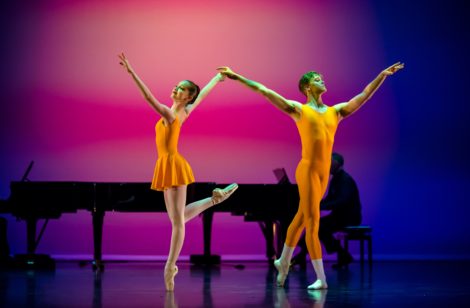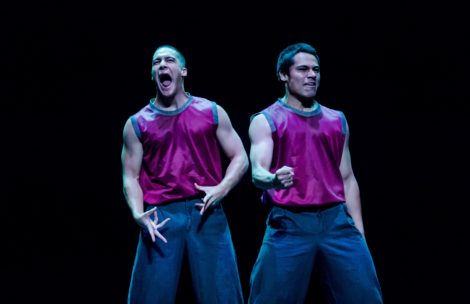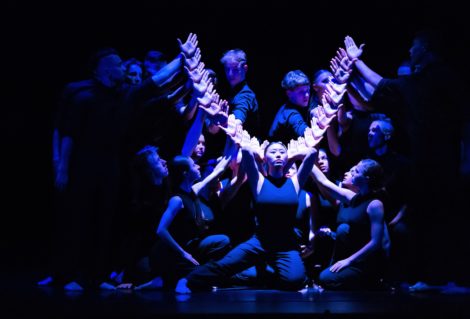As New Year approaches I like to think back over Old Year and, without consulting notes, check what dance highlights remember themselves.
During 2018 we have lost four treasured and hugely important people from our dance / arts community.
Nigel Boyes, dearest friend and colleague to so many dancers, particularly members of Royal New Zealand Ballet where he was office manager and archivist for many years, and was also a member of prominent Wellington choirs, died in July. (His obituary is on this website).
Sue Paterson, legendary force in the arts, held a sequence of important positions in dance management over decades—at Limbs Dance Company, at Creative New Zealand, at RNZB, as director of the International Arts Festival—and was a generous member of many governing boards. (Her obituary is online at stuff.co.nz).
June Greenhalgh, wife of Russell Kerr who was a stalwart pillar of ballet history in New Zealand, was a foundation member of England’s Festival Ballet. She performed here in the 1959 – 60 season of New Zealand Ballet, but her abiding contribution was as the lifetime companion to Russell. (Her obituary is on this website).
Douglas Wright, giant of New Zealand dance makers, hugely prolific choreographer and indelibly memorable dancer, was rehearsing his last choreography, M-Nod, from the hospice. He was an artist without peer in this country—working also in literature and in visual arts. (A review of M_Nod, and an obituary, are on this website).
To all four of these dear friends and colleagues – Valete. Requiescant in pace,
Haere, haere atu.
———-
In February we were delighted by the spirited response to the inaugural session in the series of the Russell Kerr Lecture in Ballet & Related Arts, held at Victoria University. The lecture, on Kristian Fredrikson’s life and work in theatre design, was delivered by Dr. Michelle Potter who has since continued work on her biography of Kristian which is now heading towards publication. The occasion also included the performance of Loughlan Prior’s choreography, Lark, with Jon Trimmer and William Fitzgerald in the cast, and Hamish Robb accompanying on piano.
A trip to Auckland’s Arts Festival was warranted to see Akram Khan’s dramatic and atmospheric production Giselle performed by English National Ballet. Tamara Rojo, the young artistic director and manager of this company, is clearly a leader of intelligent and visionary force. It’s always edifying to check the New Zealand involvement in the history of any dance company and there are several prominent soloist careers to note of New Zealand dancers who performed with English National Ballet, formerly Festival Ballet—Russell Kerr, Anne Rowse, Loma Rogers, Donald McAlpine, Martin James, Adrienne Matheson, Cameron McMillan among them.
In Wellington’s International Arts Festival, the hugely memorable Loch na hEala/Swan Lake by Michael Keegan-Dolan (of Fabulous Beast Dance Theatre fame) had the stellar Alex Leonhartsberger in the lead male role. Alex has previously danced in Douglas Wright productions and it was a renewed thrill to see him in this season. Keegan-Dolan’s work has interested me intensely for some years and I rate him, with Lin Hwai Min and Douglas Wright, as the three choreographers who have kept my world turning for decades. An intriguing new project, under the auspices of this Festival, will next year have Keegan-Dolan in residence here, developing a new work and offering a public involvement for those interested to trace that process.
Betroffenheit, by luminary Canadian choreographer Crystal Pite, in collaboration with Jonathan Young, was another highlight of this Festival season. Its theme explored the reactions and after-effects of an unspecified catastrophic event, and suited well the mood of disastrous developments we see in current world affairs, as well as referencing tragedy at a personal level. It proved a remarkable and mature work of theatre.
Closer to home we saw the remarkable season of Meremere by Rodney Bell. This has rightly proved an award winning choreography and performance, produced under the auspices of Malia Johnston’s MOTH (Movement of the Human). Rodney lives and works in a wheelchair, but his mana and charisma in both his life and his dance are the operatives. It takes about five minutes to forget the fact that he’s using a wheelchair. His stories are what matter. Sarah Foster Sproull also made Drift, for Rodney and a female dancer, resulting in a miraculous menuet for our time.
The second half of RNZB’s Dancing to Mozart—in two works by Jiří Kylián—revealed the calibre of both choreography and performance we have been accustomed to from our national ballet company. At New Zealand School of Dance graduation season, two works After the Rain by Christopher Wheeldon, and Wicked Fish by Cloud Gate choreographer, Huang Yi, proved outstanding. The time-honoured question from Irish poet W B Yeats, ‘O body swayed to music, o brightening glance, how can we know the dancer from the dance?’ always comes to mind when choreography and performance are equally inspirational. There’s a causal connection of course, but it’s a symbiotic and reflexive one between dancer and dance.
Tempo Dance Festival billed Between Two—with works by Kelly Nash and by Douglas Wright. That season, reviewed on this website, is remembered as a most poignantly crafted, perfectly balanced program with birth and death book-ending the life between. No more fitting tribute to Douglas Wright’s astonishing body of work could be imagined. I do not expect to see again anything like this multi-talented artist who was so resolute in communicating his vision. There was a heartfelt memorial service held in his favourite Cornwall Park in Auckland, and then gatherings at both Nga Taonga Film Archive and City Art Gallery in Wellington, to hear tributes and watch fine films of Wright’s work, including the stunning documentary, Haunting Douglas, made by Leanne Pooley.
Many were very sorry that Anton Carter’s contract as director of DANZ, the national networking agency, was ended, since he had been a stalwart and popular supporter of dance events and individuals across many different forms and communities. Although now working at Museums Wellington, he continues to attend performances and that is the kind of loyal support, outside the call of duty, that is so appreciated by dance practitioners.
The news is recently announced that Lucy Marinkovich, outstanding dancer/choreographer working independently on projects with her partner and colleague musician, Lucien Johnson, are the joint winners of the Harriet Friedlander award which gives them $100,000 to reside in New York. When asked ‘How long will you stay there?’ they answer ‘Till the money runs out’. I personally and rather selfishly hope they do not get offered something they can’t refuse since I want to continue seeing their fresh and invigorating dance work here. They have wit and style and ideas, together with all the skills needed to bring dance and music alongside each other where they belong. More of that is needed for all our sakes.
In the books department, Marianne Schultz’ history of Limbs Dance Company—Dance for the People— was welcome (see my review in New Zealand Books, December 2018), as also was the memoir of Sir Jon Trimmer—Why Dance ? by Jon with Roger Booth (my review of that is on DANZ website).
As I write this retrospective I am still happily high from last night’s astonishing Indian dance event—the arangetram, or graduation recital, of Leeshma Srirankanathan, student of Sri Vivek Kinra, of Mudra dance school and academy. This was a two hour wonder of solo performing by an extremely talented 18 year old dancer, and the 42nd arangetram directed by Kinra in his 30 years as a master teacher here in Wellington. Leeshma’s Hindu father and Catholic mother were each honoured in the opening prayers and puja of this event. A lesson of peace and tolerance to the world I reckon, if only the world would listen.
We are anticipating the second Russell Kerr lecture in Ballet & Related Arts which will be delivered on Sunday 10 February, on the topic of Russian Ballet companies that visited Australia and New Zealand in 1937 and 1939. It will be delivered at Victoria University of Wellington by Dr. Ian Lochhead, dance critic for The Press, Christchurch. All are welcome, rsvp for further details to jennifershennan@xtra.co.nz
Happy New Year to all readers, and my thanks to Michelle Potter for hosting this website so generously.
Jennifer Shennan, 30 December 2018
Featured image: Leeshma Srirankanathan during her arangetram, Wellington 2018. Photo: © Buskar
